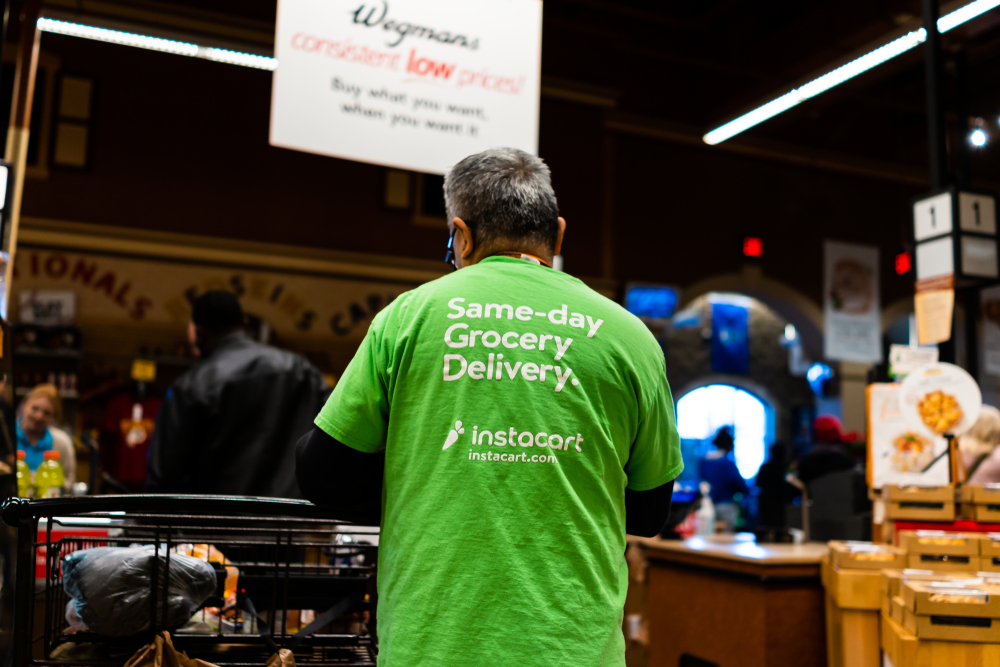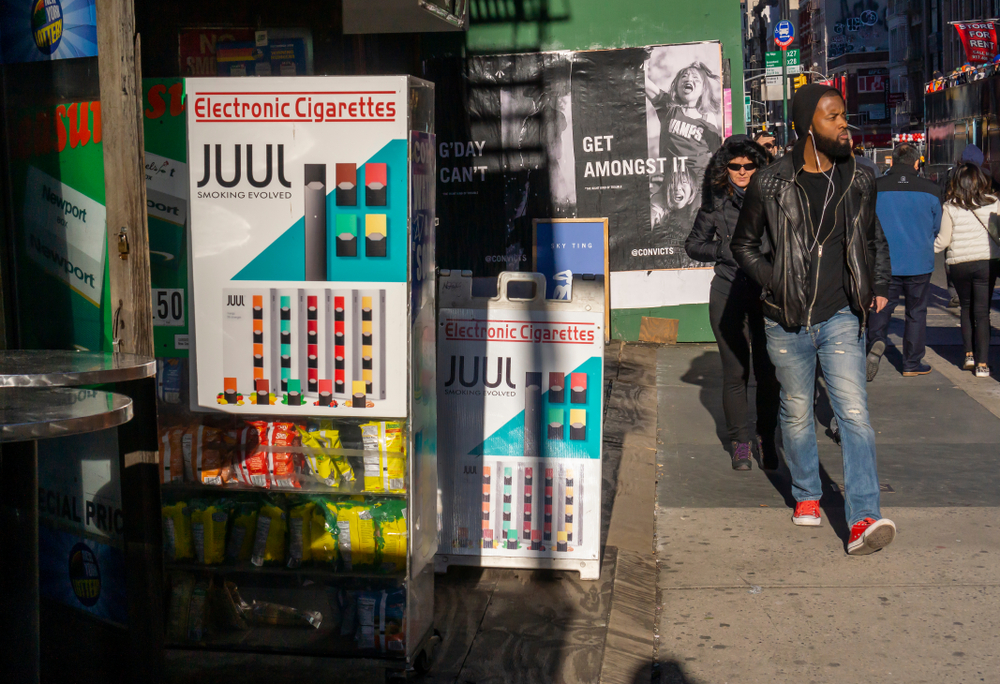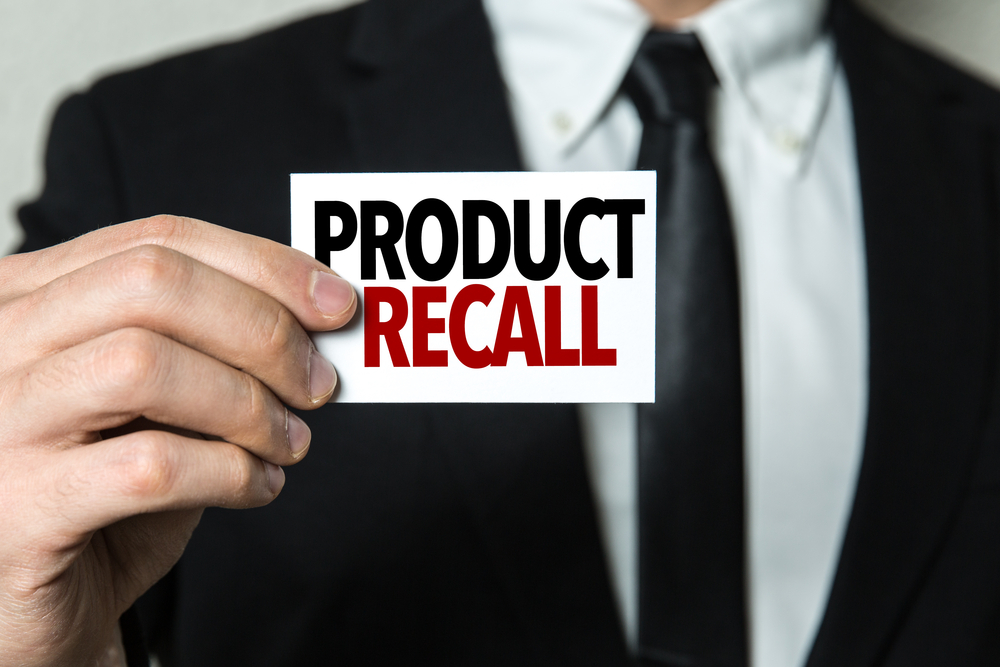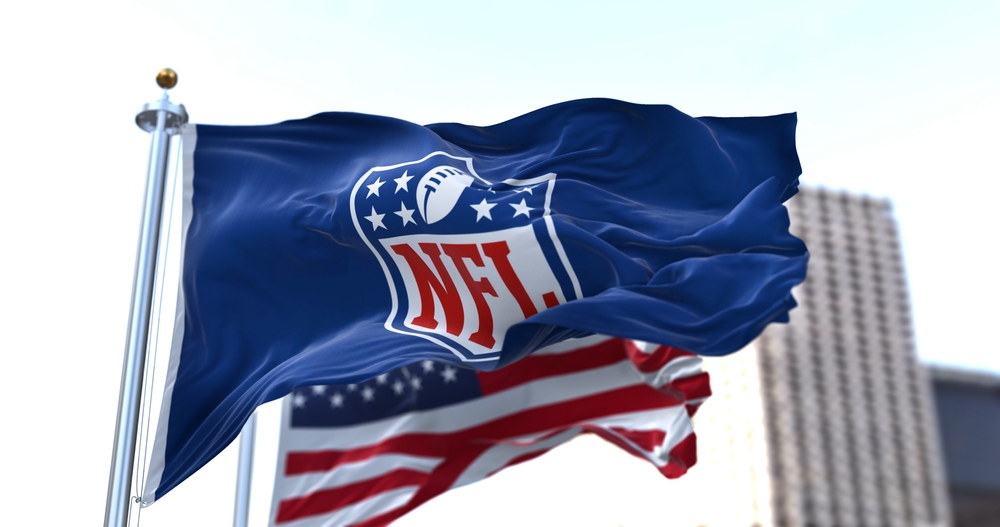Who Pays for Gig Workers Injured on the Job?
As the gig economy grows across the country, more U.S. workers are turning to side hustles or other jobs to help make ends meet. More than 36% of workers are part of the gig economy in the U.S. either through their primary or secondary employment. Gig workers amount to nearly 59 million Americans. About a third of these workers have alternative work arrangements as their primary job. This could mean flexible time or work during non-traditional 9 to 5 hours.
By 2023, it is estimated that more than half of the workforce will be employed within the gig economy or worked independently during their career. But what happens when gig workers are injured or even killed on the job? What benefits are available to cover injuries or loss of life for family members?

Even before COVID-19, gig workers on the job faced risks. As Uber drivers, Instacart shoppers and Amazon Flex delivery workers fulfill the needs of consumers across the country, they found themselves targeted, often experiencing violence. News media outlets share stories of gig workers being robbed, assaulted or even killed. Since 2017, more than 50 gig workers have been killed on the job. Advocacy groups, like Gig Workers Rising, demand support is needed in the aftermath of employees’ killings and injuries. Preventing workers’ injuries and killings should be a top priority for all companies and their employees – not just those who are traditional employees but also gig workers and independent contractors.
In a traditional work environment, when an employee is injured, companies must pay compensation and offer benefits such as survivor benefits. Labor law expert, Catherine Fisk of the University of California, Berkeley, shared with NPR that the families of gig workers cannot access the legal system to file lawsuits like a wrongful death suit. “The companies have structured their relationships, so they’re not responsible for the injuries their drivers experience over the course of employment,” Fisk said.
For example, in the case of Bella Lewis, who was shot and killed by a passenger while driving for Lyft, her family members paid for the cost of the funeral, her burial and other incidental expenses. Lyft did send its insurance company, Liberty Mutual, out to investigate Lewis’ case. But because the cost of cleaning the car and repairing the shot-out window was less than the deductible, the insurance company did not pay anything. The deductible drivers pay out of pocket under Liberty Mutual’s policy is $2,500 when the Lyft app is on, and riders are in the vehicle.
At-Risk Workers
Independent contractors find themselves at greater risk when it comes to workplace safety. The U.S. Bureau of Labor Statistics estimates that various factors come into play that place gig or independent workers at a higher risk of being injured or killed on the job. These factors include that these jobs have a defining beginning and end. Payment is not made until after the job has been completed. There is no guarantee of future work after the task. Workers make themselves available to work nearly all the time and must be ready to work when there is work.
A final factor to consider is that most independent or gig workers are self-employed, some without workplace provided benefits, like health insurance, accidental death and injury coverage and a pension. These worker protections offer stability and a sense of safety. When a worker is self-employed and does not have access to these benefits, risks may be taken to earn money and support their families. These risks can lead to injury and even death. Combined with the fact that only 20% have access to life insurance and only 5% of gig workers have access to short-term disability insurance, the risk keeps growing.
The Future of Gig Workers
Last year President Biden’s labor secretary shared that they are considering a shift in public policy to expand workers’ protections. Labor Secretary Marty Walsh shared with Reuters, “We are looking at it but in a lot of cases gig workers should be classified as employees…in some cases they are treated respectfully and in some cases they are not and I think it has to be consistent across the board.”
Another concern that Walsh also spoke about is unemployment insurance for gig workers. During the pandemic, the U.S. government had to step in to help gig workers who lost their jobs because they didn’t have any unemployment benefits. While the Department of Labor tries to make sure gig workers have access to benefits, companies such as Uber and Doordash want to ensure that gig workers’ are protected and kept safe while still maintaining their independence and flexible work environments.
Those over the age of 55 and under 40 make up the gig economy workers. Baby boomers and millennials are the powerhouses within the gig economy. Both groups of workers value a work-life balance. According to Upwork, a freelancing website, the income generated by freelancers in the gig economy is nearly $1.2 trillion. More than 56% of gig workers report working more than a standard 40-hour workweek. It is estimated that the number of Americans working within the gig economy will continue to grow.




















